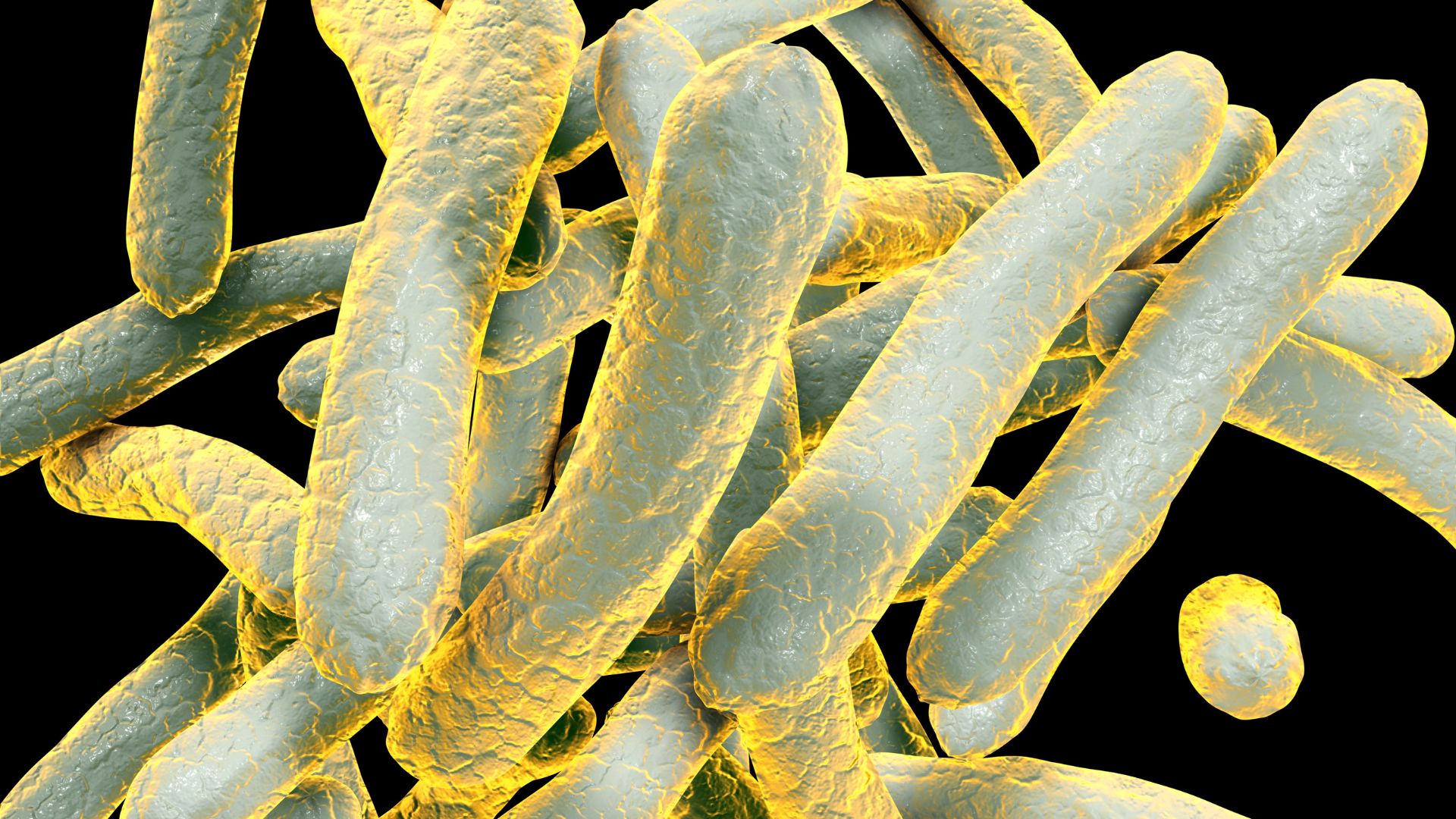Photonics, Vol. 11, Pages 342: Investigating the Impact of Topology and Physical Impairments on the Capacity of an Optical Backbone Network
Photonics doi: 10.3390/photonics11040342
Authors: Alexandre Freitas João Pires
Optical backbone networks constitute the fundamental infrastructure employed today by network operators to deliver services to users. As network capacity is a key factor influencing optical network performance, it is important to understand how topological and physical properties impact its behavior and to have the capability to estimate its value. In this context, we propose here a method to evaluate the network capacity that relies on the optical reach to account for physical layer aspects in conjunction with constrained routing techniques for traffic routing. As this type of routing can lead to traffic blocking, particularly due to the limitation on the number of wavelengths per fiber, we also propose a fiber assignment algorithm designed to deal with this problem. We apply this method to a set of randomly generated networks using a modified Waxman model, and for a network with 60 nodes, in a scenario without blocking, we obtain capacities of about 2.5 Pbit/s for a symbol rate of 64 Gbaud and about 5 Pbit/s for a symbol rate of 128 Gbaud. Remarkably, this duplication in the total network capacity is achieved by an increase in the total fiber length of only about 51%.

 3 weeks ago
14
3 weeks ago
14


